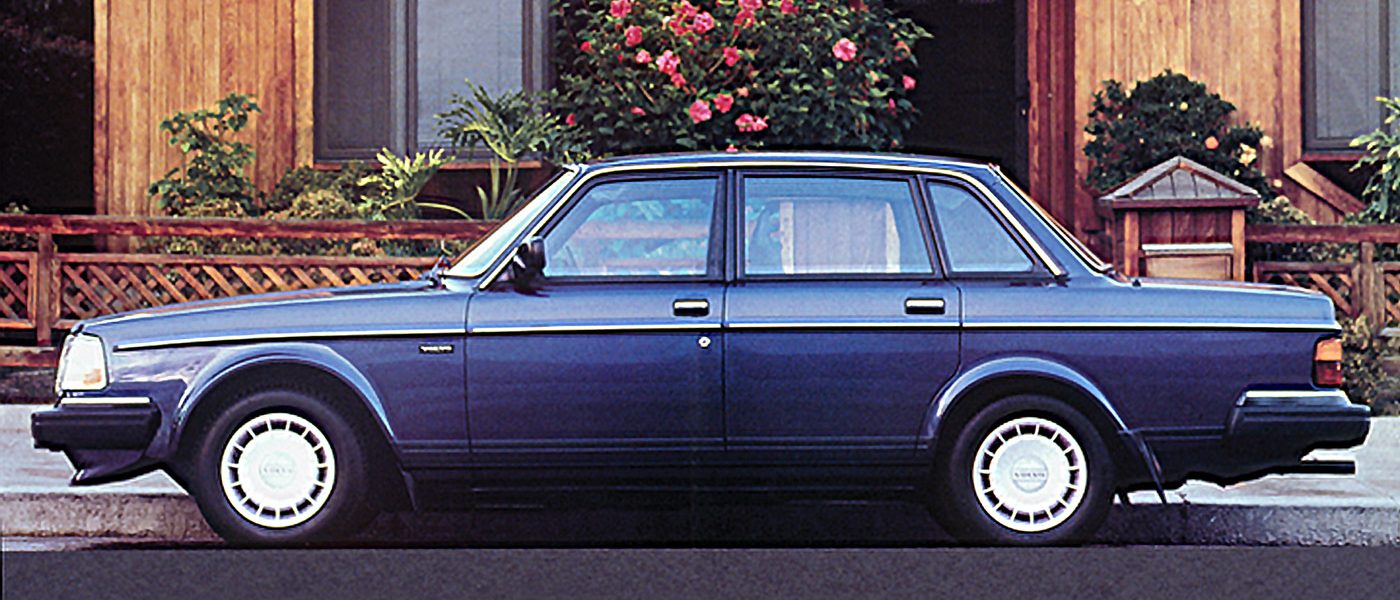1976 Banks Prototypes Volvo’s First Turbo
The ’70s was an uncertain time for the automotive landscape. After enjoying cheap fuel prices and plentiful supplies for decades, the fuel embargo of 1973 changed how Americans viewed their vehicles, and the love/hate relationship with big engines started. In June of 1973, the price for a gallon of gasoline was just under 50 cents. But by May of 1974, that price was a distant memory as the cost of a gallon shot up over $4. Many people waited hours in line for gas, only to get to the pump and find that there was no more fuel to be had. Odd or even days, depending on what your license plate number ended on determined when you were allowed to buy gas. This plan was to try and control overcrowding at the pumps. If someone tried to get in on a wrong day, there could be a near riot.

Small engines were in production at the time, but the power output was anemic at best compared to their large displacement brethren. You only had a “4-banger” if you wanted to save fuel, not to enjoy your car. Everyone wanted their power and torque but cried over how thirsty the bigger engines were. Car companies were looking for a viable solution. Enter Volvo… and Banks?

Banks was contracted by Volvo to create a prototype turbocharger package for its four-cylinder vehicle applications. The criteria for the turbo system was that it had to return reasonable MPG but act with the speed and urgency when the driver required it. Banks produced 14 prototypes for Volvo through 1978, including the first-ever turbo package for an engine to be used on computer-controlled vehicles for the 1980/81 model year. During the 1981 model year, Volvo introduced the 240 Turbo two- and four-door sedans, which added a turbocharger system to their 2.1-liter for an output of 127 hp. This wasn’t a gargantuan increase over the non-turbo 2.1 engine that put out 98 horsepower, but the drivability was vastly improved, giving the driver the “kick” they needed. In 1982, the availability of the turbo engine expanded to include the wagon model as well.

Volvo continued to make turbocharged engines their performance offerings for decades to come, and other automobile manufacturers followed suit. When you think of it in retrospect, a turbocharger is a natural choice to make a little engine feel and be BIGGER. Still, while turbos had been around for decades already, the sophistication of a computer-controlled engine just wasn’t there. Yet again, advancement in automotive innovation was ushered in with the help of Gale Banks and his team by creating that first turbocharged passenger car engine using Bosch’s Lambda Sonde oxygen sensor. Historic innovation can come from anywhere. This time it came from a little race shop in San Gabriel, California.

